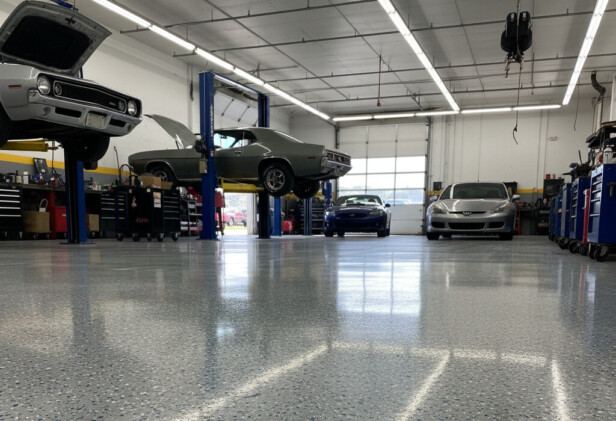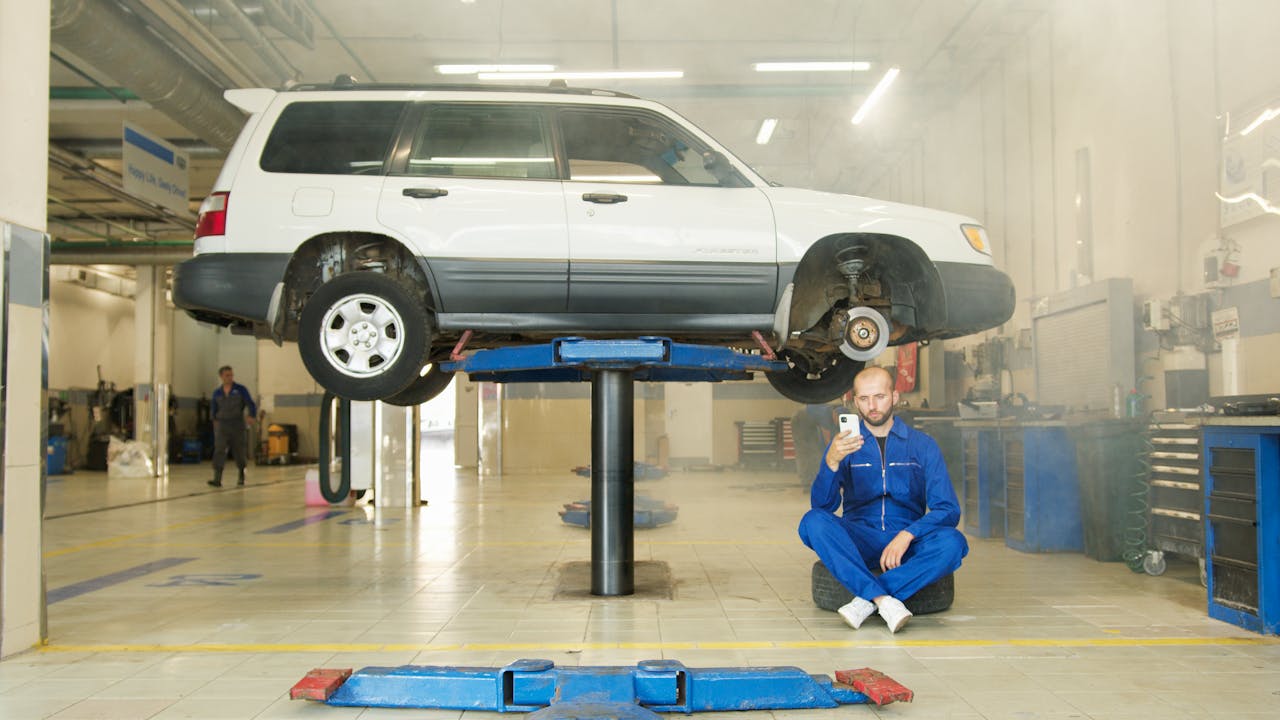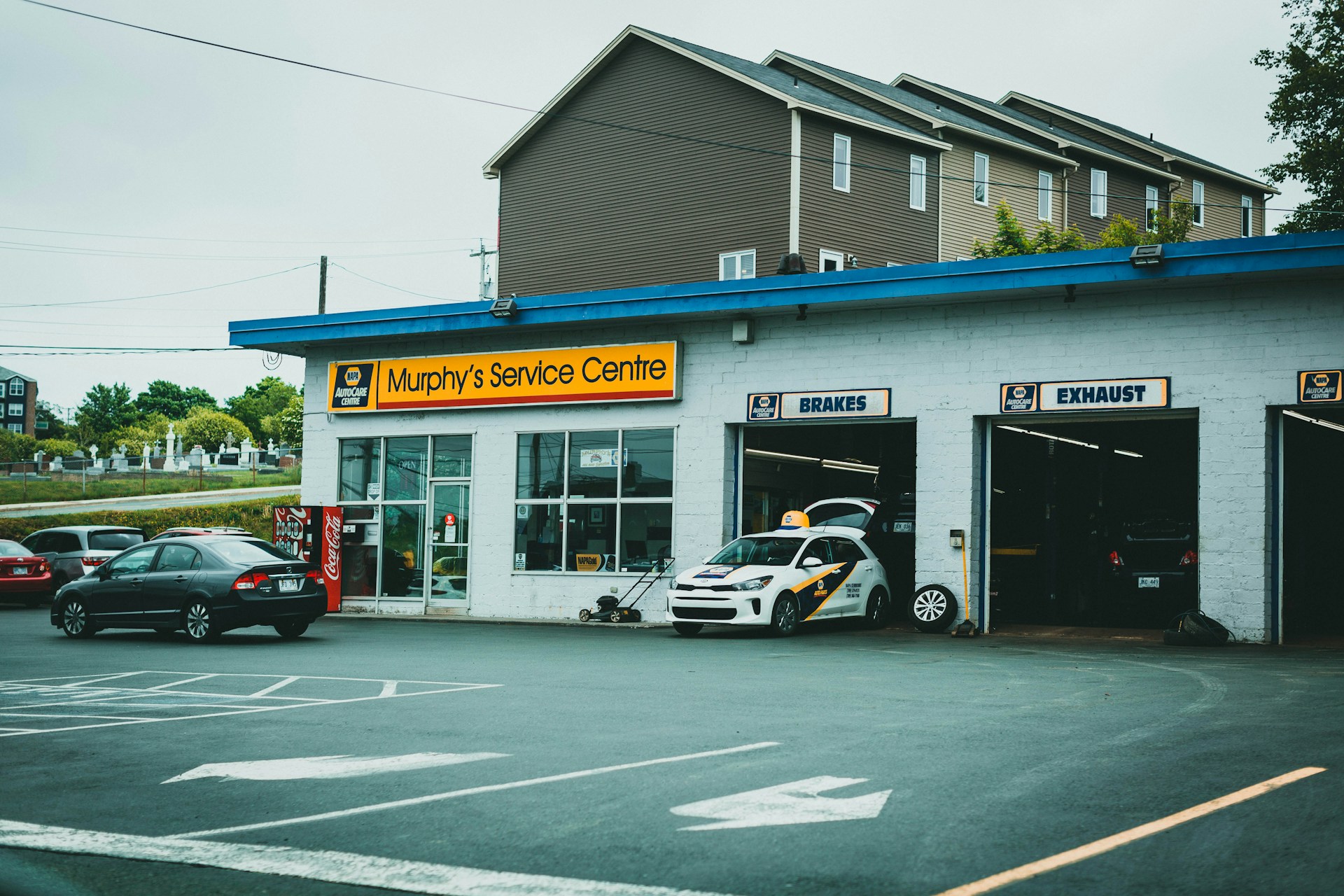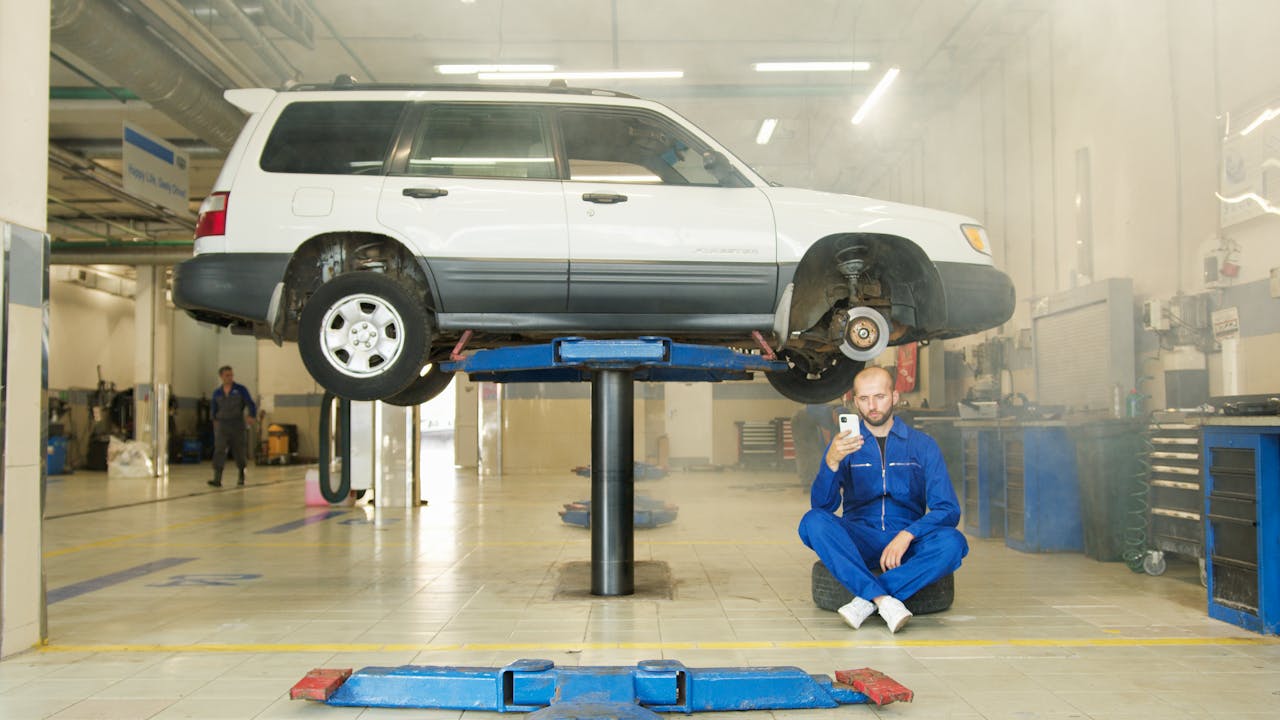Auto repair shops in Irving face relentless exposure to motor oil spills, brake fluid drops, and heavy equipment traffic. These harsh conditions demand more than standard concrete floors.
An auto repair epoxy flooring specification in Irving defines the performance standards, material requirements, and installation procedures needed to protect concrete shop floors from daily abuse. The specification must account for chemical resistance against automotive fluids, durability under heavy rolling loads, slip resistance for worker safety, and fast return-to-service times to minimize business disruption.
What Performance And Safety Requirements Should The Spec Cover?
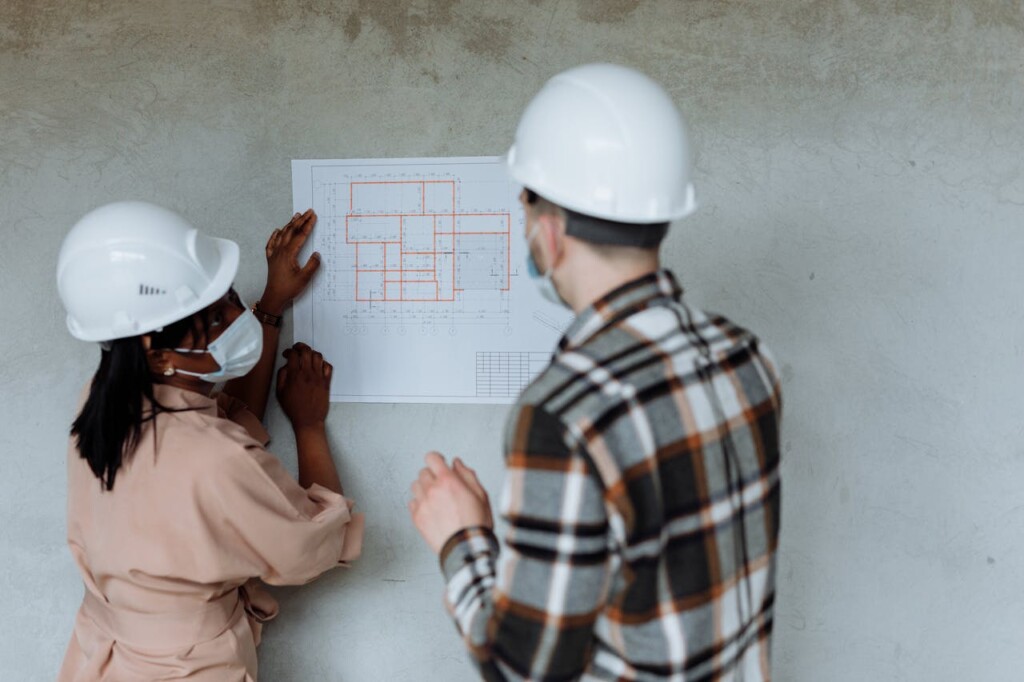
Auto repair shops demand coatings that withstand the toughest conditions. Daily exposure to motor oils, gasoline, brake fluid, transmission fluid, degreasers, solvents, and acids creates a chemical battleground that ordinary floor coatings cannot handle. We specify chemical resistance targets that match these real-world challenges, ensuring the coating system protects the underlying concrete from penetration and degradation.
Beyond chemical exposure, shops endure constant physical punishment. Heavy equipment, hydraulic jacks, rolling toolboxes, and dropped tools create impact stresses that can crack or chip inadequate coatings. Hot tires from freshly driven vehicles add thermal shock to the mix. We specify impact and abrasion durability standards that account for these conditions, selecting coating systems with the tensile strength and flexibility to absorb punishment without failing.
Safety becomes critical when floors get slippery. According to OSHA data, flooring-related slips and falls rank among the leading causes of workplace injuries in automotive facilities. We incorporate slip resistance requirements through textured finishes or non-slip additives like aluminum oxide grit. The specification defines minimum slip coefficients that maintain traction even when fluids are present.
Temperature swings and moisture create additional challenges. Irving’s climate brings seasonal temperature variations that can cause concrete expansion and coating failure if not properly addressed. We specify moisture and temperature tolerance requirements, including mandatory substrate moisture testing and temperature windows for installation. The coating system must cure properly and maintain bond strength across temperature ranges typically found in shop environments.
UV exposure degrades many coating systems over time, causing yellowing, chalking, or complete breakdown. Shop areas with natural light from windows or open bay doors need UV-stable topcoats like polyaspartic or urethane formulations. We specify UV resistance standards that prevent color shifts and maintain coating integrity under prolonged light exposure.
Maintenance efficiency directly impacts shop operations. We specify seamless, non-porous surfaces that resist fluid penetration and allow rapid cleanup of spills. The coating must withstand pressure washing, chemical cleaners, and mechanical scrubbing without damage or wear. This cleanability requirement reduces labor costs and keeps work areas safe.
Cost considerations balance upfront investment against long-term value. Typical installed coating costs range from $3 to $12 per square foot depending on the system complexity and shop conditions. However, properly specified and installed coatings can reduce long-term maintenance costs by up to 60 percent compared to untreated concrete. We factor this return on investment into our specifications, recommending systems that deliver the best combination of performance and lifecycle value for each application.
Which Coating Systems And Builds Suit Auto Repair Shops In Irving?
We select coating systems by matching material properties to specific operational demands. Each system offers distinct advantages for automotive environments.
Epoxy Systems For Base Performance
Epoxy systems provide the foundation for most auto shop floors. These high-performance coatings deliver excellent chemical resistance against motor oils, brake fluids, and transmission fluids.
We specify solid color epoxy for clean, professional appearances in customer-facing areas. Decorative flake options add texture for slip control while concealing minor wear patterns from daily operations.
Metallic epoxy creates distinctive visual effects for showroom areas. The reflective finish enhances lighting while maintaining the durability needed for moderate traffic zones.
Polyurea Systems For High-Impact Areas
Polyurea flooring excels where shops face heavy equipment loads and temperature fluctuations. The system’s flexibility accommodates concrete movement without cracking.
We recommend polyurea systems for service bays with hydraulic lifts and areas subjected to dropped tools. The superior abrasion resistance handles rolling toolboxes and jack stands without surface damage.
These systems cure faster than traditional epoxy, reducing downtime during installation. Temperature tolerance allows application in varying seasonal conditions common in Irving.
Topcoat Selection Strategy
Polyaspartic topcoats offer rapid cure times and UV stability. We specify these where shops need quick turnaround or have significant natural light exposure through windows or open bay doors.
Urethane topcoats enhance chemical resistance in the wear layer. These work well over epoxy base coats where shops handle aggressive chemicals like degreasers and solvents.
Both topcoat types accept non-slip additives when specified. The choice depends on cure time requirements and UV exposure levels.
Multi-Layer Build Recommendations
For chemical-heavy environments, we build systems with epoxy base coats and polyaspartic or urethane topcoats. This combination provides adhesion, chemical resistance, and UV protection.
The epoxy base coat creates thickness and color while bonding to prepared concrete. The topcoat serves as a sacrificial wear layer that can be maintained or renewed without full system replacement.
We add aluminum oxide grit or silica sand to topcoats when slip resistance is critical. The vinyl flake system approach distributes decorative chips throughout the coating for enhanced texture and visual appeal.
How Should Surface Prep And Installation Be Specified?
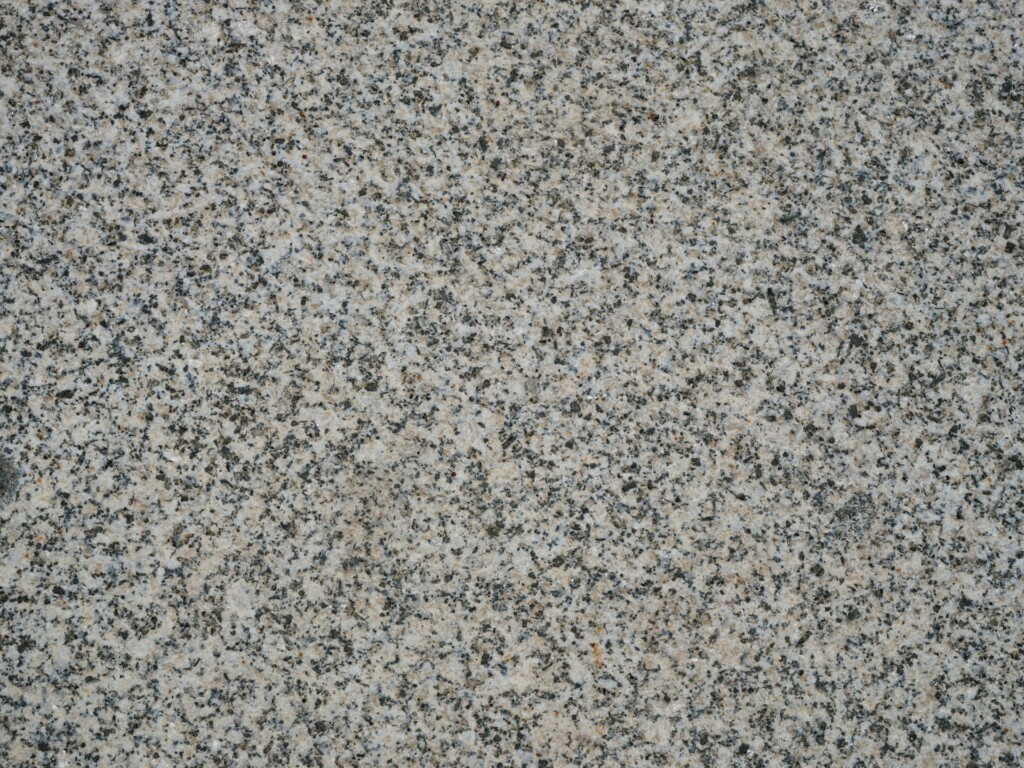
Proper surface preparation makes the difference between a coating that endures shop abuse for decades and one that fails within months. We detail specific prep and installation requirements to eliminate costly callbacks and ensure bonds that can withstand the chemical exposure, impact loads, and thermal cycling common in Irving auto shops.
Surface Preparation Requirements
Start with thorough cleaning to remove oil, grease, and accumulated shop grime. Use industrial-grade degreasers and pressure washing to penetrate deep into concrete pores where automotive fluids have soaked over time. Verify the slab moisture content stays below manufacturer limits using a moisture meter before any coating application.
Mechanically profile the substrate to achieve CSP 2–3 using diamond grinding or shot blasting methods. These techniques create the microscopic texture needed for reliable coating adhesion. For high-build systems exceeding 20 mils, specify CSP 4 to accommodate the increased coating thickness. Avoid acid etching in auto repair environments where chemical resistance is critical – mechanical profiling provides superior bond strength and durability.
Multi-Layer System Installation
We specify a three-coat system that addresses the unique demands of automotive environments. Begin with a penetrating primer to seal concrete pores and establish maximum adhesion strength. The primer creates a foundation that prevents moisture vapor transmission and chemical penetration to the substrate.
Apply the epoxy base coat for structural build and color development. This layer provides the primary chemical resistance and impact tolerance needed in service bays and work areas. Follow with a polyaspartic or urethane topcoat that delivers superior chemical resistance, UV stability, and abrasion protection in the critical wear layer.
Safety And Performance Additives
Include anti-slip additives in the specification where traction is essential. Silica sand provides moderate texture for general shop areas, while aluminum oxide grit delivers aggressive slip resistance for high-risk zones like oil change pits and wash bays. The 36-grit aluminum oxide penetrates through the topcoat thickness to maintain long-term traction performance.
These additives integrate directly into the final coat rather than broadcasting on the surface, ensuring even distribution and preventing dirt accumulation in texture pockets. Match the additive type and loading rate to the specific slip resistance requirements of each shop area.
Environmental Controls And Timing
Install coatings within the recommended temperature range of 55°F to 85°F for proper chemical cross-linking and optimal bond development. Monitor both air and substrate temperatures throughout the application process. Maintain adequate ventilation while avoiding excessive air movement that can cause surface defects.
Plan cure times between coats carefully. Polyaspartic systems cure in approximately 4 to 6 hours, allowing same-day completion of multi-coat systems. Standard epoxy requires 12 to 24 hours between layers depending on temperature and humidity conditions. These timing windows are critical for achieving proper inter-coat adhesion.
Return-To-Service Schedule
Establish clear reopening timelines that balance shop productivity with coating performance. Allow foot traffic after approximately 12 hours when the coating can support light loads without permanent indentation. Heavy equipment and tool movement becomes safe at 24 hours as the coating reaches handling strength.
Vehicle traffic requires 48 hours minimum after final coat application. This timeline ensures the coating develops full chemical resistance and mechanical properties before exposure to hot tires, hydraulic fluid drips, and the thermal cycling from engine heat. Rushing this schedule compromises long-term durability and can void material warranties.
Which Shop Areas And Details Should Be Included In Scope?
Defining the scope of an auto repair epoxy flooring specification requires careful consideration of each functional zone within the facility. Different areas face varying exposure levels and performance demands that directly influence coating selection and installation details.
Service bays and oil change lanes represent the highest-risk zones in any auto facility. These areas experience constant exposure to motor oils, transmission fluids, hydraulic oils, and aggressive degreasers that can penetrate inferior coatings. We coordinate these spaces to handle heavy rolling loads from vehicle lifts, floor jacks, and impact tools. The combination of chemical exposure and mechanical abuse demands the most robust coating systems with maximum abrasion resistance.
Customer drop-off zones require a balance between durability and appearance. While these areas see lighter chemical exposure compared to service bays, they need slip-resistant surfaces for safety during wet weather conditions. Clean, professional aesthetics in these spaces reinforce customer confidence while maintaining the practical performance needed for occasional oil drips and tracked-in contaminants.
Parts and storage areas benefit from seamless, easy-to-clean surfaces that resist staining from spilled fluids and accumulated dirt. These zones typically experience moderate foot traffic and occasional forklift or cart movement. The coating specification should emphasize cleanability and long-term appearance retention while providing adequate chemical resistance for occasional spills.
Office and waiting areas need coatings that resist tracked-in oils and dirt while maintaining a professional appearance. These spaces require seamless finishes that can be easily maintained through routine cleaning without showing wear patterns or staining from automotive contaminants brought in on shoes and clothing.
Car wash and detail bays face unique challenges combining chemical exposure with constant moisture. Detailing chemicals, soaps, and cleaning solvents create aggressive conditions that require specialized chemical resistance. The high-moisture environment demands coatings with excellent adhesion and moisture tolerance, while textured surfaces provide necessary traction on wet floors.
Coordinate drawings and notes with EB3 Construction for critical details including substrate conditions, movement joints, drains, and edges at vehicle lifts or grates. This coordination prevents costly change orders and ensures proper installation around complex architectural elements that are common in automotive facilities.
Conclusion and Next Steps
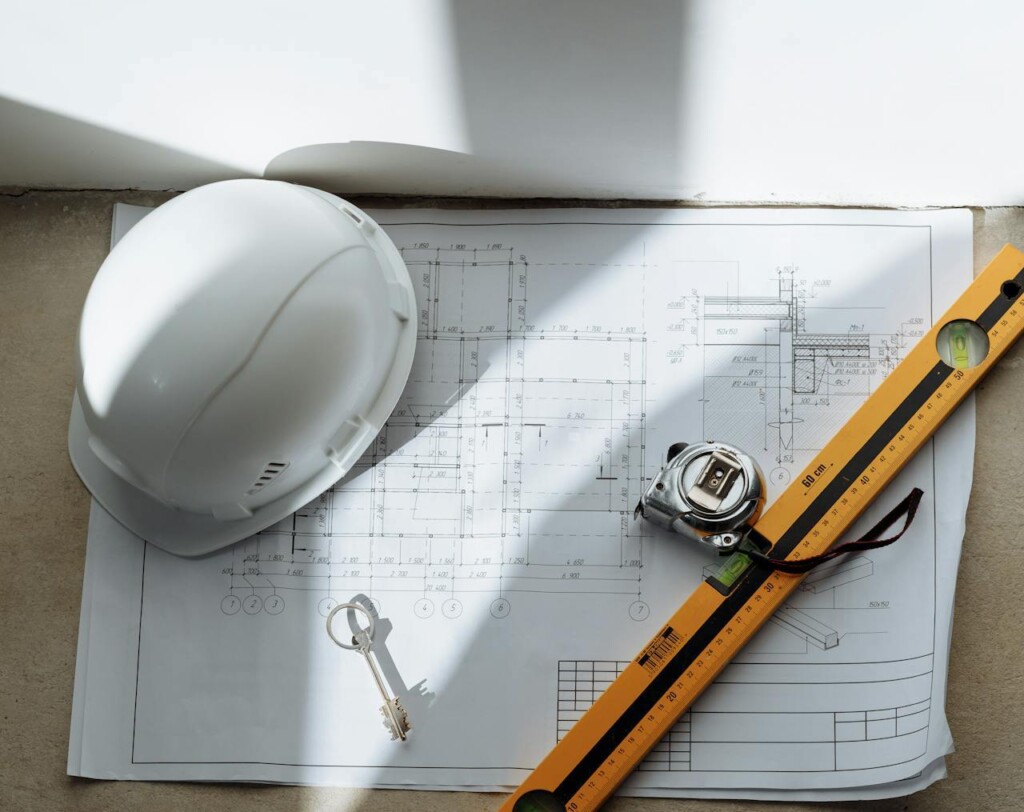
A comprehensive auto repair epoxy flooring specification Irving requires balancing performance demands with practical installation timelines. We focus on five core elements: chemical resistance against automotive fluids, impact durability for heavy equipment, slip safety through textured finishes, UV stability for sun-exposed areas, and fast return-to-service schedules. The specification should mandate mechanical surface preparation to CSP 2–3 or higher, ensuring proper coating adhesion that prevents premature failure.
Our multi-layer system approach combines primer for substrate sealing, epoxy base coat for thickness and chemical resistance, and polyaspartic or urethane topcoats for enhanced durability and UV protection. Clear cure times between coats and defined return-to-service schedules keep disruptions minimal while ensuring proper bond strength. Zone-specific performance mapping matches coating properties to actual exposure conditions, from high-chemical service bays to customer-facing areas requiring aesthetic appeal and slip resistance.
Effective project coordination with EB3 Construction streamlines the specification process and reduces potential issues during installation.

